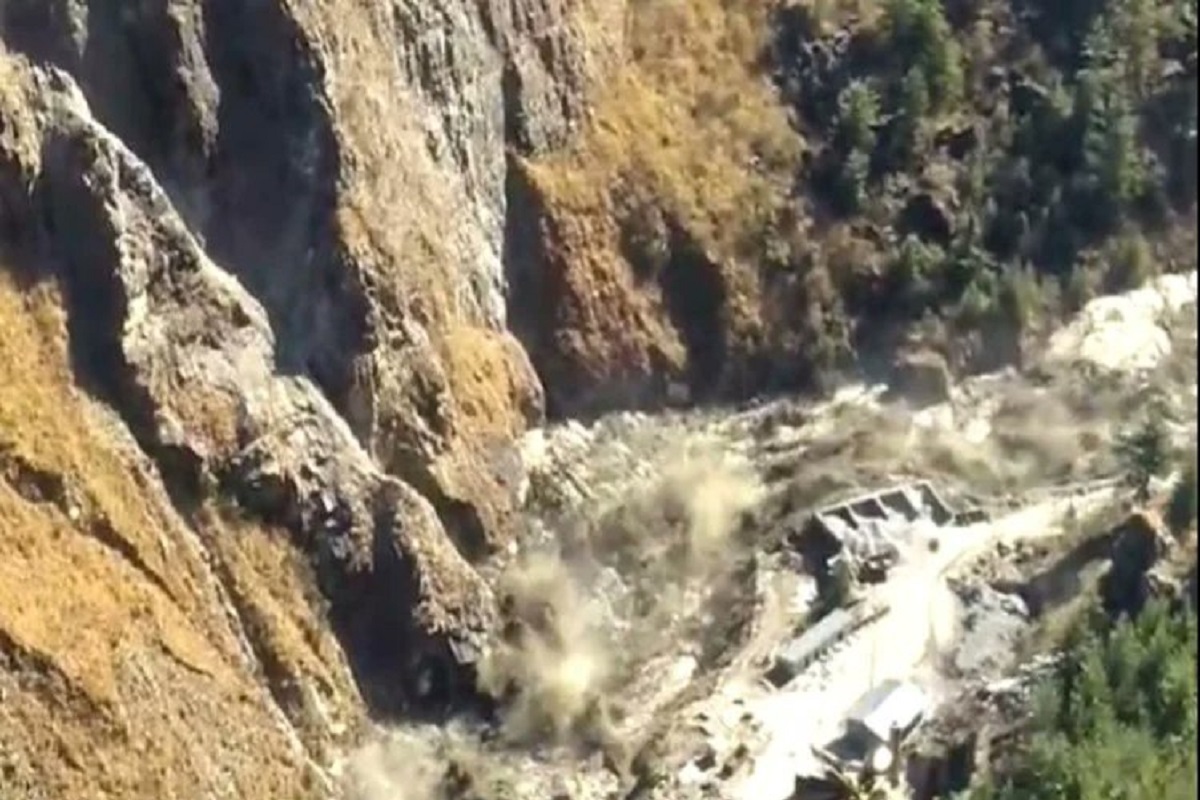More than 650 hectares of Uttarakhand land in grip of forest fires
Though no loss of life has been reported so far, officials say with the rise in mercury level the blaze is going out of control.
While addressing a Press gathering on the Glacial Outburst in Chamoli, Dr Rath said he was of the opinion that the glaciers in the Himalayas are retreating under climate change scenario.

Four columns, or around 400 personnel of the Army have been moved to flood-affected areas, the official added. (Image: Twitter/@kuchbhirkhlo)
In the wake of the natural disaster that took place in Uttarakhand and subsequently paved way for a humanitarian crisis, Dr Ranjit Rath, DG Geological Survey of India (GSI) today assured the organization is in the process of finding out the focal point of this unfortunate flash flood since it is not clear whether it is a typical Glacial Lake Outburst Flood (GLOF) or some temporary damming due to a landslide and avalanche.
While addressing a Press gathering on the Glacial Outburst in Chamoli, Dr Rath said he was of the opinion that the glaciers in the Himalayas are retreating under climate change scenario. Such recession is a global phenomenon. With the passage of time, some of the glacial lakes near the terminus often coalesce together and form large glacial lakes dammed by glacial moraines.
He further opined that the constitution of these moraines comprising loose boulders, gravels, sand admixture often containing dead ice, imparts inherent weakness to these dams. These lakes are quite common on the debris-covered Himalayan glaciers wherein the lower part of the glacier moves very slowly and at times remains almost stationary. The glacial breach and outbursts, termed as Glacial Lake Outburst Flood (GLOF), can result in the discharge of a huge volume of water leading to severe damage in the areas falling in the downstream region.
Advertisement
Advertisement